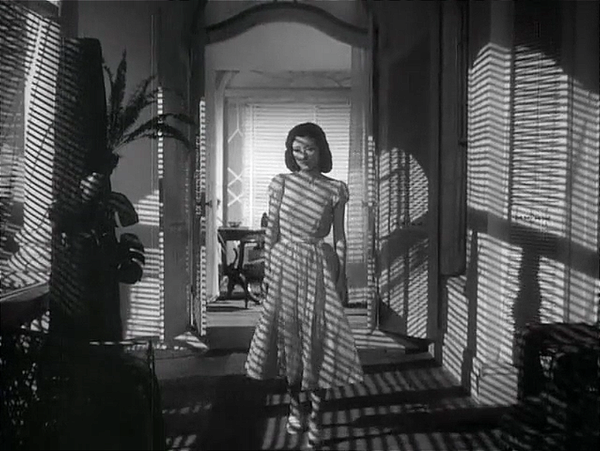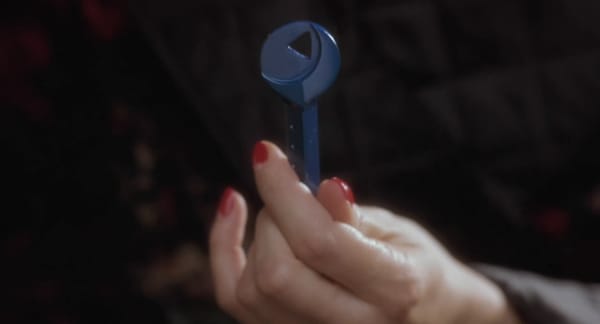Is There Life After Spotify?
So you want to switch music platforms.
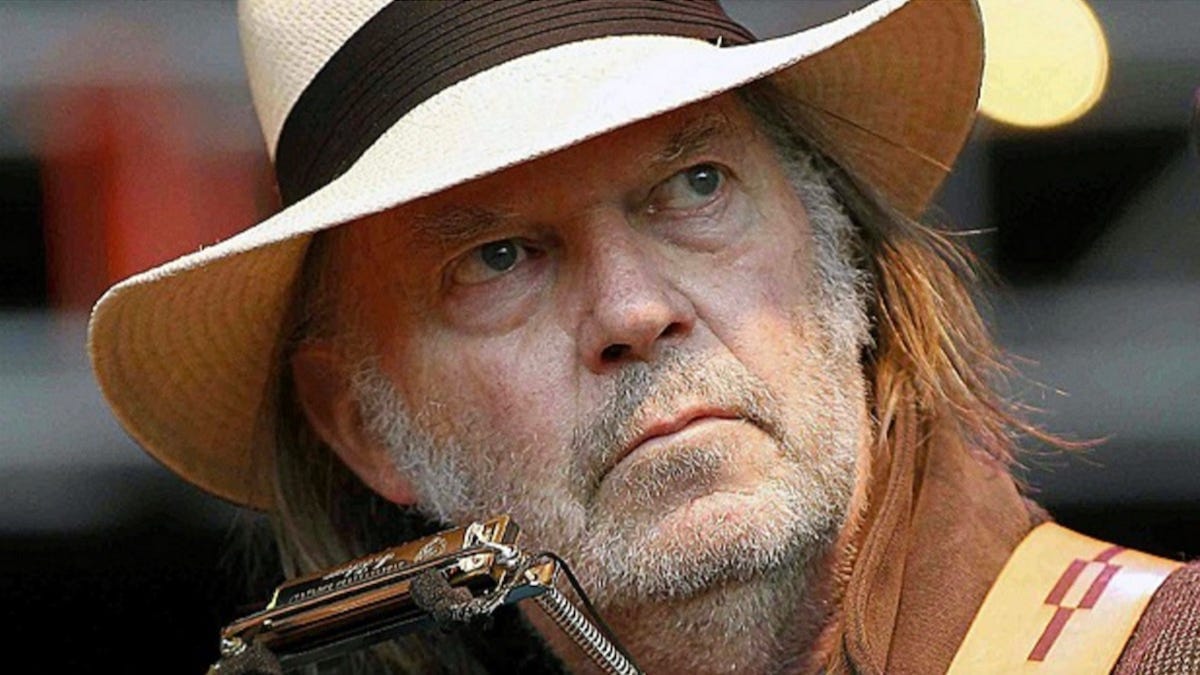
(A quick one before I take my computer into the shop and go offline for a few days.)

The news that Neil and Joni are taking their music off Spotify isn’t what’s making me prepare to leave the streaming service after nine reasonably satisfied years. It’s just giving me an extra push. Along with many other people, I’ve never been happy about the artist payment structure of the streaming model, with creators getting as little as one-tenth of a cent per play depending on the service. But along with many other people, I’ve gone along with it because the service is so bloody convenient. Do I miss album covers and liner notes and boxed CD sets? Do I miss owning physical media that a record company can’t decide to take back at whim? You bet I do. Do I love the idea that if I’m struck with the urge to hear, say, the ancient freak-folkie Michael Hurley, or the witty turn-of-the-millennium electronica duo Lemon Jelly, or the swooning soundtrack to “Phantom Thread,” all I have to do is push a few buttons? You bet I do. But it’s hard to argue that musicians are seeing a fair return. (Although this person does and makes some interesting points to chew over and/or push back against.)
Neil Young kickstarted the exodus from Spotify last week by objecting to the presence of Dr. Robert Malone, along with that of other proven arbiters of COVID misinformation and conspiracy theories, on Joe Rogan’s popular podcast. It’s me or Joe, he said in effect, and Spotify, having paid Rogan $100 million for exclusive rights to his show, didn’t sweat much before removing Young’s music from the service. Other artists followed Young’s lead, including Neil Diamond, Barry Manilow, and Joni Mitchell, the latter proving to be the tipping point for a lot of folks, and not just graying Boomers like myself.
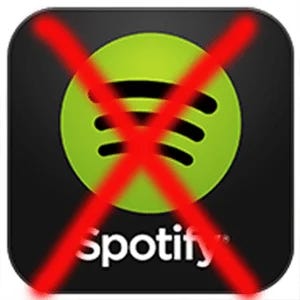
It’s the latest flashpoint in the culture wars, with medical professionals and public health officials outraged by Rogan giving airtime to anti-vax viewpoints — Atlantic Magazine has a very smart and well-researched piece on the problematic Dr. Malone — while Rogan’s supporters, generally young and male, decried “cancel culture” and trashed Neil as an irrelevant old fart. The issue of free speech doesn’t really enter into it, though: Young doesn’t want to want to be on a streaming service that provides a platform to people whose ideas he feels lead to further sickness and death, and he has simply taken his marbles and gone elsewhere. “The Joe Rogan Experience” still exists and probably just got an influx of new listeners, but Spotify lost as much as $4 billion in market value last week; CEO Daniel Ek announced on Sunday that the service will add new content warnings to podcast episodes dealing with COVID. This isn’t cancel culture; like it or not, it’s how debate in a capitalist culture works.
It’s business, in other words, and enough people feel strongly enough about COVID quacks disseminating wrongheaded ideas to the public that they’re willing to take their business elsewhere. I’ve lost count of the conversations I’ve seen on Facebook and Twitter this weekend about how to leave Spotify, where to go instead, and is it possible to bring one’s playlists along? Because the music we choose to listen to is such a personal matter, breaking up with a streaming service feels a little like divorce.
That means choosing a new platform feels like jumping back into the dating pool. Which of the major services or the many smaller players is right for you? (Here’s a handy comparison chart.) For me, the decision was fairly easy. While I’m a Mac guy since the dawn of the computer age, Apple Music in its many iterations over the years has never fully done it for me. My personal library of MP3s, ripped from CDs or downloaded via iTunes, is immense, even if it has languished largely unlistened to in the streaming age. But Apple Music’s technical strong-arm tactics are an annoyance; I got so tired of the hearing the alphabetically first song on my iPhone whenever I started my car that I deleted the app entirely. (My wife still hasn’t figured out how to get that damn free U2 album off her phone.)
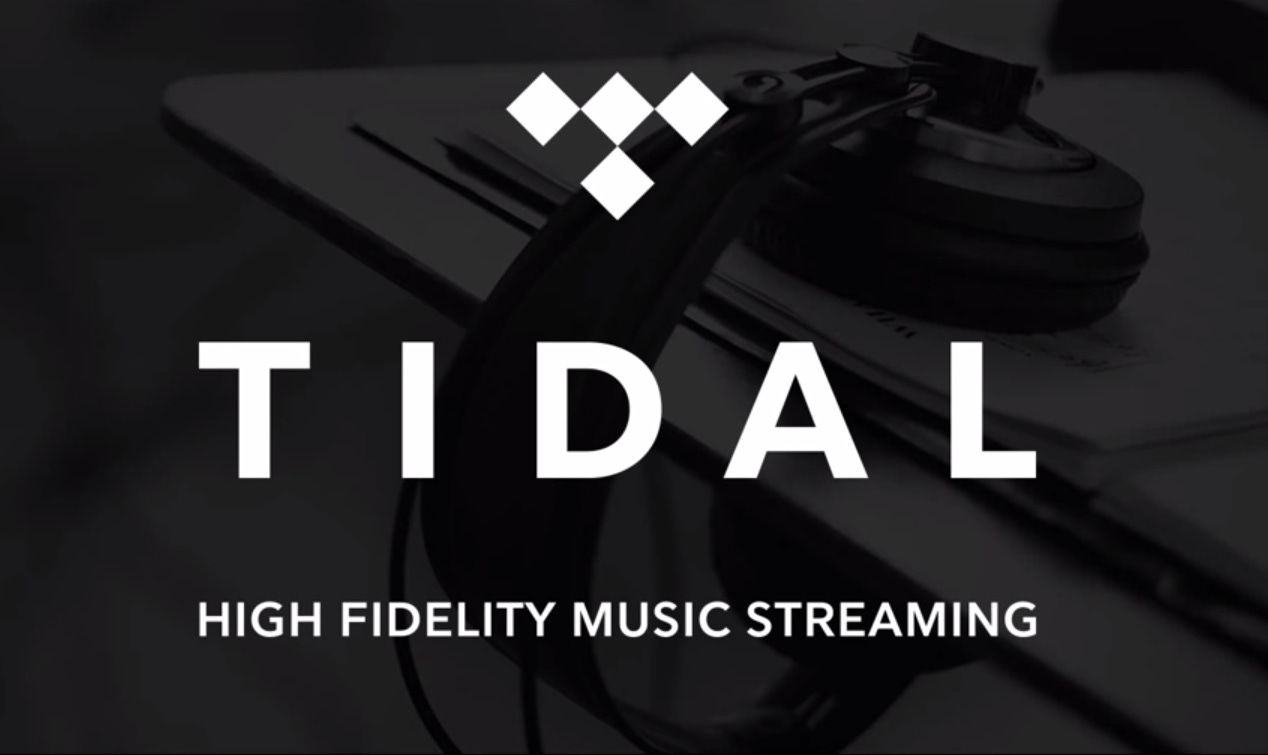
My asks are simple: Which service has the most music AND pays their artists the most? The answer is Tidal. I first tried out the streaming music platform started by rap mogul Jay-Z back in 2016, because it was the only place I could watch Beyonce’s visual album “Lemonade.” There wasn’t much on the service then, aside from a ton of rap and R&B, so I was stunned to come back this week and see that Tidal now has more music (over 80 million tracks) than Spotify (over 70 million). Apple Music still leads with over 90 million tracks but only pays artists $0.008 per stream. Spotify pays even less: $0.00318 per stream. Tidal, by contrast, pays $0.012 per stream — 1.2 cents, rather than a fraction of a cent — and up to 10 percent of your subscription fee goes directly to your favorite artists if you sign up for the “HiFi Plus” premium plan at $20 a month. Why would you do that? Because Tidal is the one service that emphasizes high-quality audio, with sample rates up to 9,216 kilobytes per second, as opposed to the standard 320 kbps used by Apple and Spotify. The difference is immediately apparent; two days into my free trial, I feel like my ears have been scrubbed, and I’m hearing things in favorite songs I never knew were there.
That just leaves the issue of playlists, and, if you’re like me, you’ve got a lot of them. When you sign up for a new service, do you have to laboriously recreate each playlist, song by song? No, you do not. There’s a free app called SongShift that works on your phone or new-model Mac (or PC) and allows you to copy over your playlists by finding matches for each track on the new service. I fiddled with SongShift all weekend, and it works like a charm. While it’s not able to find every song on Tidal that I have on Spotify, the match rate is in the high 90s — good enough for me to feel comfortable about leaving Spotify behind full-time.
Oh — and I can listen to “Court and Spark” anytime I want. I’m sure Joe Rogan’s fans don’t care about that, but I do.
What are your thoughts on the matter? And are you changing how and where you listen to music? Comments are open to all.
If you enjoyed this edition of Ty Burr’s Watch List, please feel free to share it with friends.
If you’re not a paying subscriber and would like to sign up for additional postings and to join the discussions, here’s how:
If you’re already a paying subscriber, I thank you for your generous support.


